In the ever-evolving world of graphic design, typography plays a pivotal role in conveying messages, emotions, and aesthetics. As we step into 2023, typography continues to evolve, blending classic design principles with innovative, cutting-edge ideas. From variable fonts to bold serifs and everything in between, let’s explore the hottest typography trends of the year.
1. Variable Fonts – The Chameleons of Typography
Variable fonts have taken the design world by storm. These fonts allow designers to change the weight, width, slant, and other attributes of a typeface dynamically. This level of flexibility is a game-changer, especially in responsive design. It lets designers fine-tune text to perfectly fit different screen sizes and layouts, creating a seamless and visually appealing user experience.
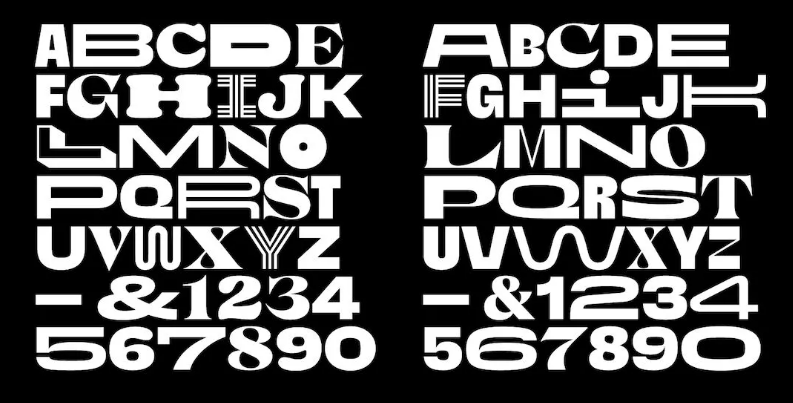
2. Handwritten and Script Fonts – A Personal Touch
The charm of handwritten and script fonts continues to captivate designers and consumers alike. These fonts bring a human touch to designs, making them feel personal and authentic. They’re frequently used in branding, social media, and product packaging to create a connection between the brand and the audience.
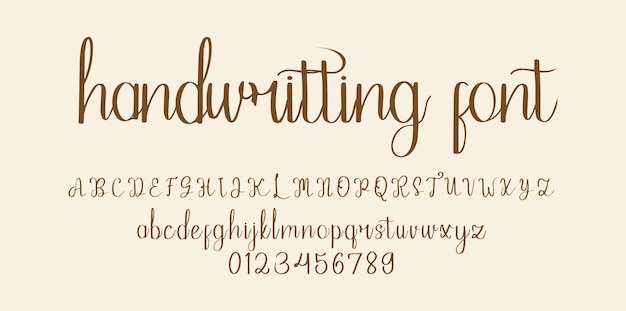
3. Retro and Vintage Styles – Nostalgia Reimagined
Nostalgia is an evergreen source of inspiration in design. In 2023, retro and vintage fonts transport us to different eras, infusing a touch of classic elegance into contemporary designs. Think Art Deco, groovy ’70s fonts, or the nostalgia-inducing typewriter-style typefaces.
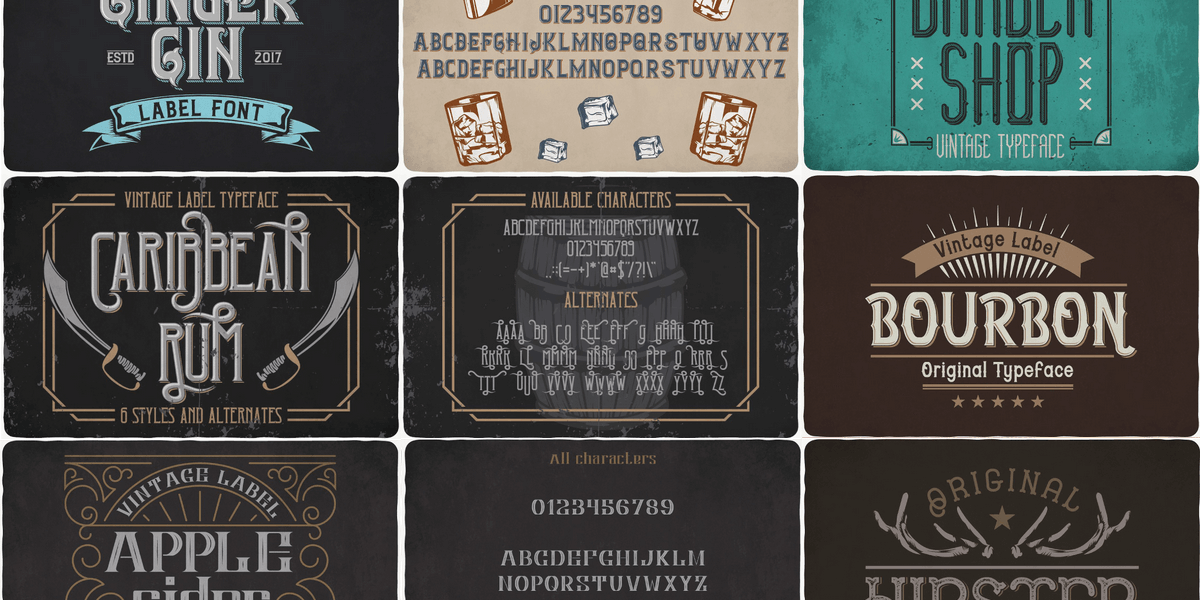
4. Bold Serifs – Making a Statement
Serif fonts with bold and chunky serifs are making a bold statement in 2023. They’re ideal for headlines and titles, instantly grabbing attention and exuding an air of authority.

5. Minimalism – Less Is More
The “less is more” mantra is still going strong. Minimalist typography emphasizes clean, simple lines, prioritizing readability and clarity. Sans-serif fonts paired with ample whitespace are central to this trend, ensuring that the message stands out with elegant simplicity.
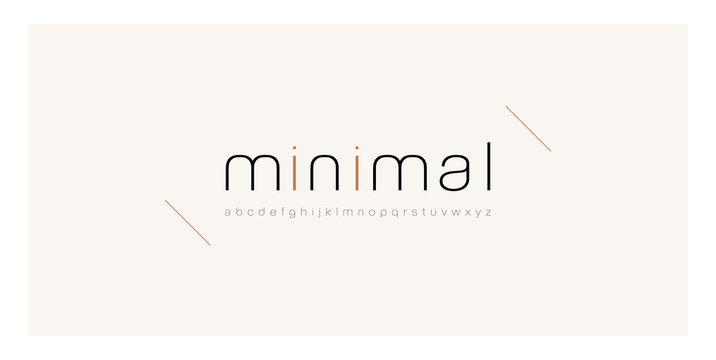
6. Colorful Typography – Adding Life to Text
Adding color to typography injects life into your designs. Gradients, duotones, and multi-colored text are being used to create visually stunning and vibrant designs, particularly in web and digital projects.

7. Custom Typography – Uniqueness Matters
Custom-made fonts are gaining popularity as brands strive to stand out from the crowd. These unique typefaces are crafted to embody the brand’s personality, ensuring a strong and consistent visual identity.
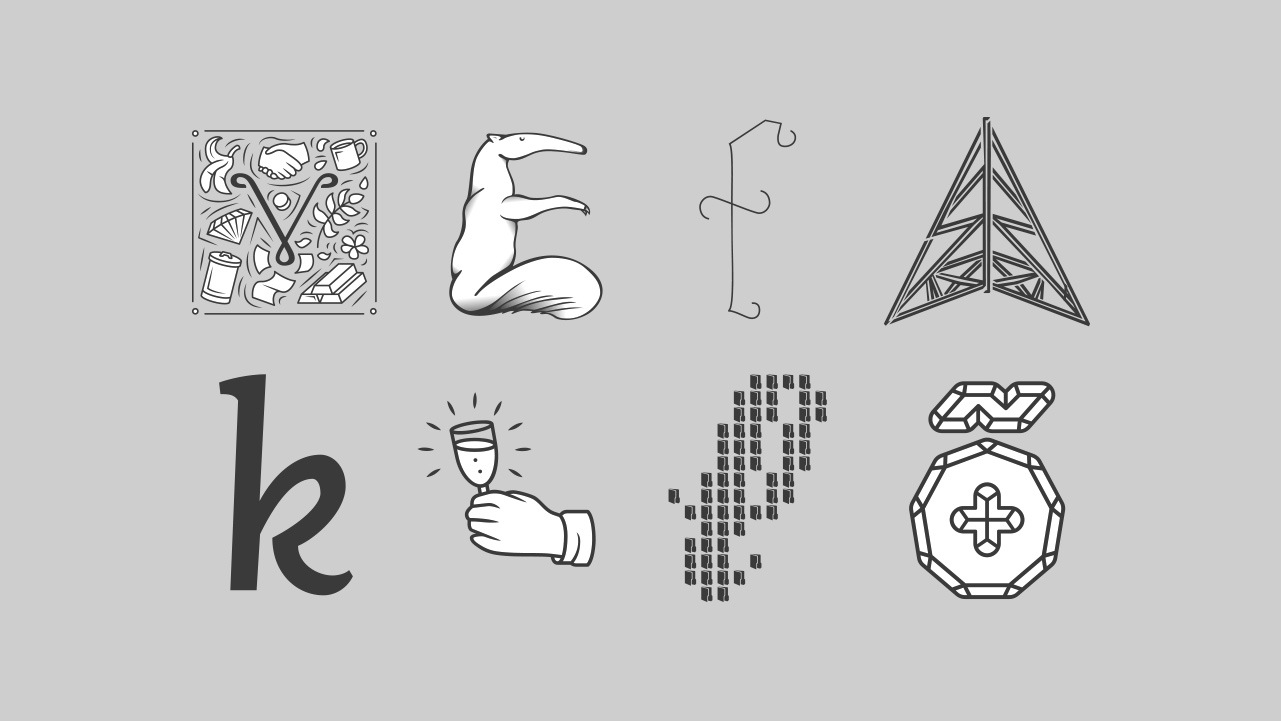
8. Mixed Typefaces – Contrasting Harmoniously
Designers are experimenting with mixed typefaces to create contrast and hierarchy in their layouts. Pairing a sans-serif font with a decorative script or a bold display typeface can add visual interest and guide the reader’s eye through the content.
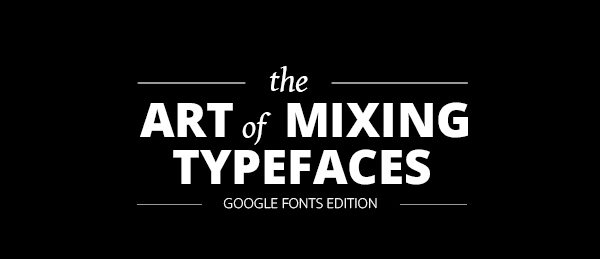
9. 3D Typography – Adding Depth
Three-dimensional text effects are back in the spotlight. Designers are using shading, lighting, and perspective to make text appear as if it’s jumping off the page or screen, creating eye-catching and immersive designs.
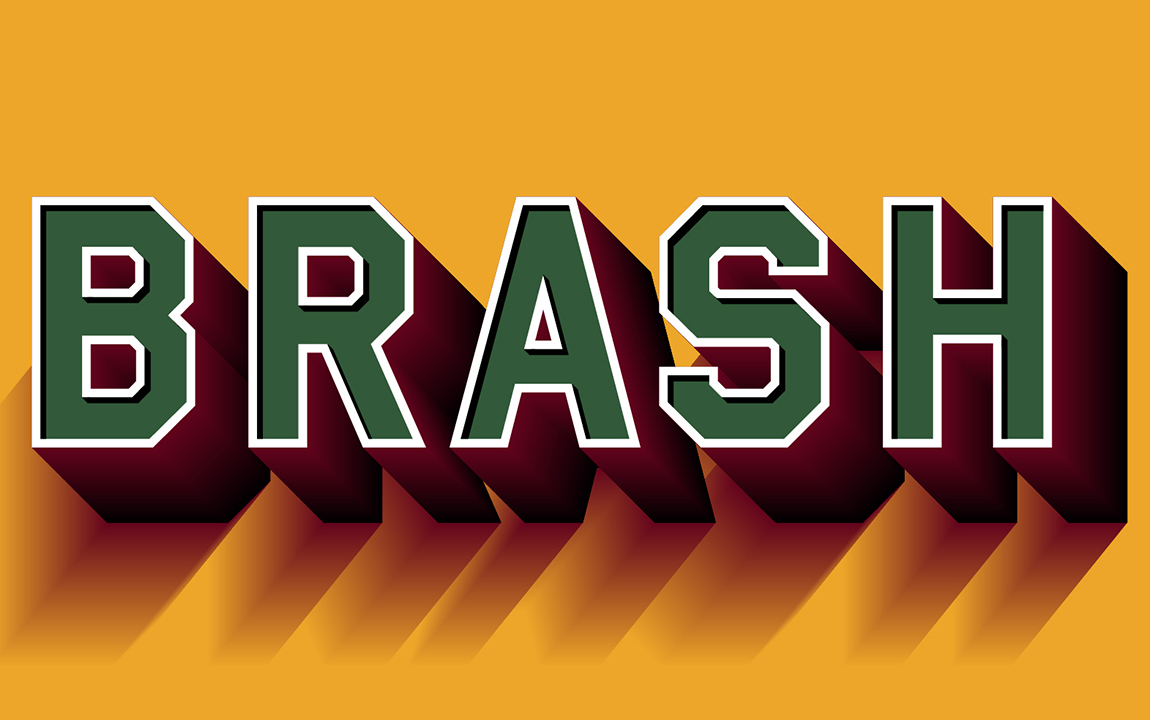
10. Geometric Fonts – Embracing Modernity
Geometric typefaces with their clean shapes and angles are favored for modern, futuristic, and tech-related designs. They complement contemporary aesthetics perfectly, lending a sense of sophistication and innovation.
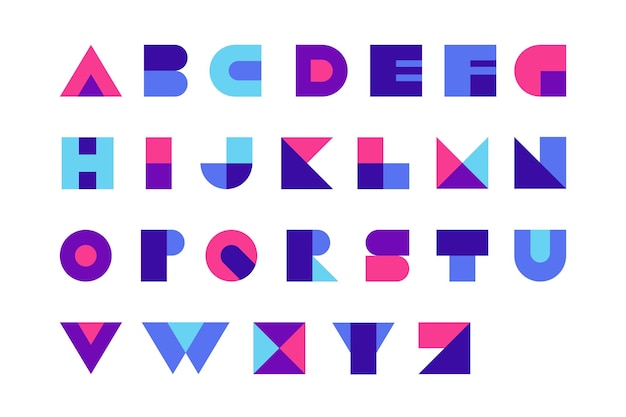
11. Accessibility-Focused Typography – Inclusive Design
As web accessibility gains importance, designers are increasingly adopting typefaces and text layouts that enhance readability and legibility for all users, including those with visual impairments. Ensuring that content is accessible to everyone is a key focus in 2023.
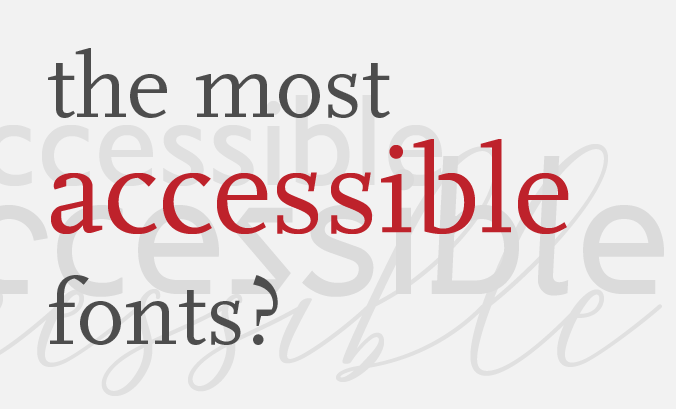
12. Grunge and Distressed Text – The Vintage Vibe
For designs aiming for a rugged, vintage look, grunge and distressed typography add character and history. These fonts create a weathered, aged appearance, perfect for posters, album covers, and other designs seeking that rough, worn-in feel.

In conclusion, 2023 offers a vibrant and diverse landscape for typography. While these trends can serve as a source of inspiration, the most crucial aspect of typography is selecting fonts that effectively convey the intended message and purpose of the design. As you explore these trends and experiment with typography, remember to consider your target audience, the context of the design, and the overarching aesthetics to ensure your typography enhances the overall impact of your creative work. Typography remains an ever-evolving art, and 2023 is poised to be an exciting chapter in its evolution.